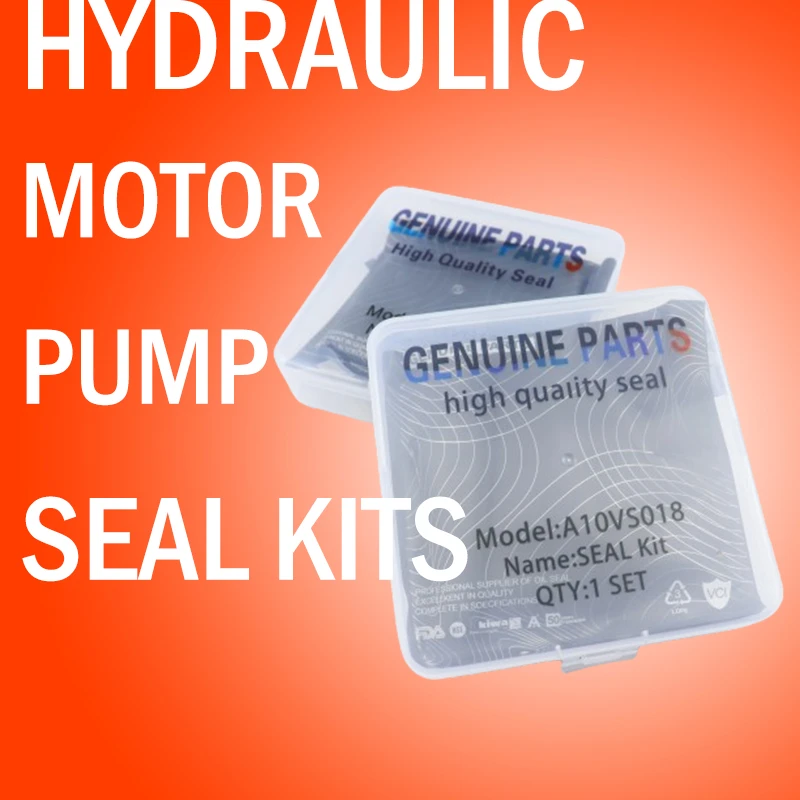Novemba . 18, 2024 08:25 Back to list
hydraulic seal kits
Understanding Hydraulic Seal Kits An Essential Component in Fluid Power Systems
Hydraulic seal kits are critical components in fluid power systems, ensuring the effective operation of hydraulic machinery and applications. These kits are designed to maintain the integrity of hydraulic systems by preventing leaks, protecting against contamination, and enhancing the efficiency of various mechanisms. This article delves into the functionality, components, selection, and maintenance of hydraulic seal kits, shedding light on their importance across various industries.
What are Hydraulic Seal Kits?
Hydraulic seal kits consist of a collection of seals—such as O-rings, piston seals, rod seals, and gasket seals—engineered to fit specific hydraulic components. These seals play a pivotal role in containing hydraulic fluid within a system and preventing impurities from entering. They are manufactured from various materials, including rubber, PTFE, polyurethane, and specialty polymers, each selected based on the application’s requirements.
The Importance of Hydraulic Seal Kits
The primary function of hydraulic seals is to create a barrier that prevents the hydraulic fluid from leaking out of the cylinders and pumps. A reliable seal ensures that the hydraulic pressure is maintained, which is essential for the efficient operation of hydraulic systems. Leakages not only result in fluid loss but also compromise the performance and longevity of hydraulic equipment. Moreover, contamination from external elements can severely damage hydraulic components, leading to costly repairs and downtime.
In industries like construction, manufacturing, and automotive, hydraulic systems are integral to machinery such as excavators, forklifts, and presses. Proper sealing is crucial for these machines to operate effectively, as even minor leaks can lead to significant operational inefficiencies.
Components of Hydraulic Seal Kits
A typical hydraulic seal kit includes a variety of seals, each serving a distinct function
1. O-Rings These are circular seals that fit into a groove and provide a tight seal between two components. They are versatile and one of the most common seals used in hydraulic applications.
2. Rod Seals These seals are specifically designed for the rod of hydraulic cylinders, ensuring that hydraulic fluid does not leak as the rod moves in and out of the cylinder.
3. Piston Seals Located in the hydraulic cylinder, piston seals prevent fluid bypassing from one side of the piston to another, which is vital for maintaining pressure and efficiency.
4. Gaskets Gaskets provide seals for flanged connections or cover plates, preventing leaks where two parts meet.
hydraulic seal kits

Selecting the Right Hydraulic Seal Kit
Choosing the appropriate hydraulic seal kit is crucial for optimal performance. When selecting a kit, several factors must be considered
- Application Requirements Understand the specific demands of your hydraulic system, including pressure ratings, temperature ranges, and the nature of the fluids used. - Material Compatibility The seal material must be compatible with the hydraulic fluid and the operating environment. For instance, petroleum-based fluids may require different seal materials compared to water-based or biodegradable fluids.
- Dimensions Accurate measurements of the sealing surfaces are essential to ensure a proper fit. A poorly fitting seal will not function correctly and can lead to premature wear or failure.
- Manufacturer Recommendations It is advisable to adhere to recommendations by equipment manufacturers or industry professionals when selecting a seal kit.
Maintenance Tips for Hydraulic Seal Kits
Proper maintenance can significantly extend the life of hydraulic seal kits and improve system reliability
1. Regular Inspections Regularly inspect seals for signs of wear, deformation, or damage. Early detection of issues can prevent costly failures.
2. Fluid Quality Maintain high fluid quality to prevent contamination that could lead to premature seal degradation.
3. Proper Installation Ensure that seals are installed correctly, following manufacturer guidelines. Improper installation is a common cause of seal failure.
4. Temperature Management Monitor operating temperatures, as extreme heat or cold can affect seal performance.
5. Training and Knowledge Ensure that personnel handling hydraulic systems are well-trained to understand the importance of seals and the best practices for their care.
Conclusion
Hydraulic seal kits may seem like a small component within the larger context of hydraulic systems, yet their role is indispensable. By ensuring optimal performance and longevity of hydraulic equipment, these kits contribute to increased productivity and reduced operational costs. Understanding their components, proper selection, and maintenance practices can lead to more efficient and reliable hydraulic operations across various industries.
-
Understanding Oil Seals and Their Role in Machinery Efficiency
NewsApr.08,2025
-
The Importance of Seals in Agricultural and Hydraulic Systems
NewsApr.08,2025
-
Essential Guide to Seal Kits for Efficient Machinery Maintenance
NewsApr.08,2025
-
Choosing the Right TCV Oil Seal for Your Machinery
NewsApr.08,2025
-
Choosing the Right Hydraulic Oil Seals for Reliable Performance
NewsApr.08,2025
-
A Comprehensive Guide to Oil Seals and Their Applications
NewsApr.08,2025
-
The Importance of High-Quality Oil Seals in Industrial Applications
NewsMar.26,2025
Products categories
















